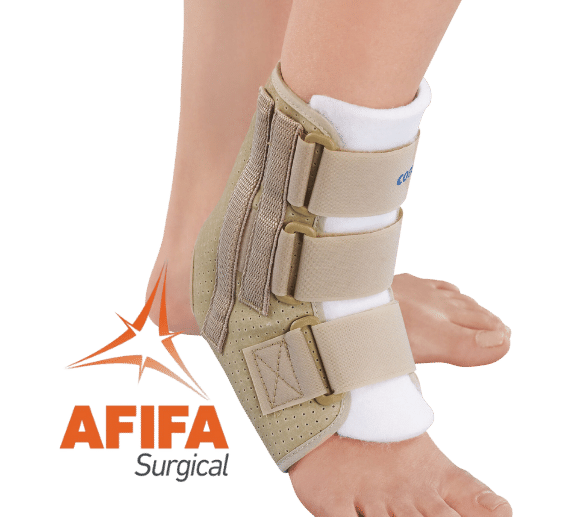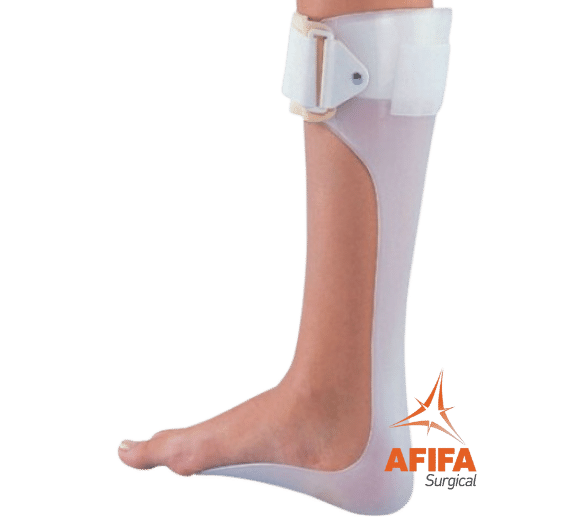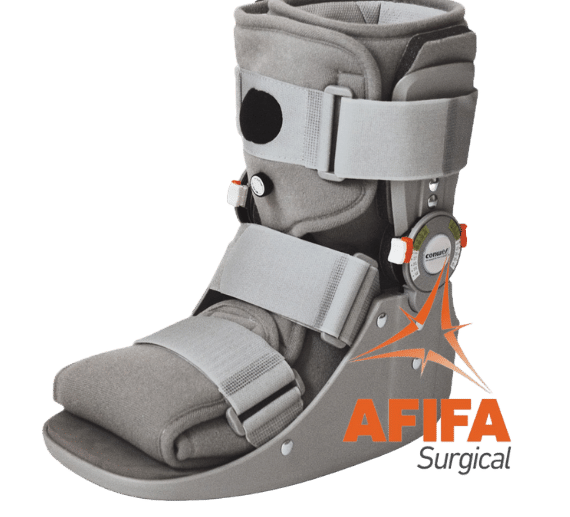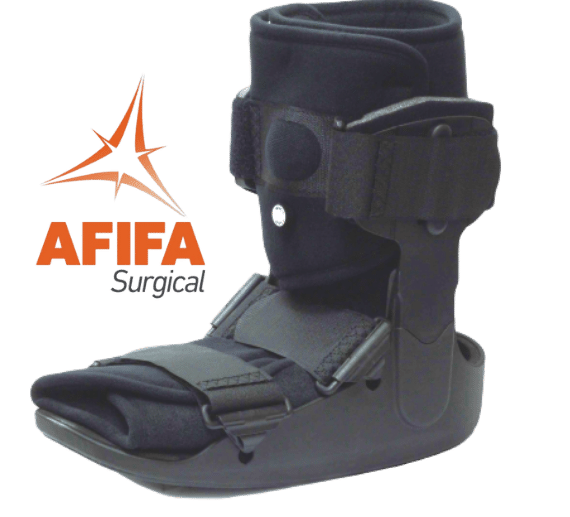Subtotal:
₨10,610.00
Description
ANKLE SPLINT 5912 Price in Pakistan
Ankle injuries are a common occurrence, especially among athletes and active individuals. The ankle is an intricate joint that is responsible for bearing the weight of the body and facilitating movement. An ankle sprain or fracture can severely limit mobility and impact one’s quality of life. Ankle splints are a popular treatment option for ankle injuries. In this article, we will explore the benefits of ankle splints, their uses, and how they can help you recover from foot injuries.
What is an Ankle Splint?
An ankle splint is a device that is used to stabilize the ankle joint and provide support. The splint is typically made of a hard, yet flexible material that can be molded to fit the shape of the ankle. Ankle splints come in different sizes and designs to accommodate various foot sizes and injury types.
How Ankle Splints Work?
Ankle splints work by providing support and stability to the ankle joint. When an ankle is injured, it is crucial to immobilize the joint to prevent further damage and promote healing. Ankle splints help to prevent the ankle from moving, reducing the risk of additional injuries. They also help to distribute weight evenly across the foot, reducing the pressure on the injured ankle.
When to Use Ankle Splints?
Ankle splints are useful for various ankle injuries, such as sprains, strains, and fractures. They are also used for post-surgical rehabilitation to provide support and promote healing. Ankle splints can be used to immobilize the joint, reduce swelling, and relieve pain.
Ankle splints can be used for the following conditions:
- Ankle sprains
- Ankle fractures
- Achilles tendonitis
- Post-surgical rehabilitation
- Chronic ankle instability
Types of Ankle Splints
There are several types of ankle splints available in the market. The most common types include:
Stirrup Ankle Splint
A stirrup ankle splint is a type of splint that is shaped like a stirrup. It is designed to provide maximum support to the ankle joint. The splint is made of a hard, yet flexible material that can be molded to fit the shape of the ankle. The stirrup ankle splint is ideal for severe ankle injuries that require maximum support.
Lace-up Ankle Splint
A lace-up ankle splint is a type of splint that is designed to provide support and stability to the ankle joint. The splint is made of a flexible material that can be adjusted to fit the shape of the ankle. The lace-up ankle splint is ideal for mild to moderate ankle injuries.
Ankle Stirrup Brace
An ankle stirrup brace is a type of brace that is designed to provide support and stability to the ankle joint. The brace is made of a hard, yet flexible material that can be molded to fit the shape of the ankle. The ankle stirrup brace is ideal for moderate to severe ankle injuries.
Benefits of Using Ankle Splints
Ankle splints offer numerous benefits, including:
Promotes Healing
Ankle splints help to promote healing by immobilizing the ankle joint and reducing the risk of further injuries.
Reduces Swelling
Ankle splints help to reduce swelling by limiting the movement of the ankle joint and preventing fluid buildup.
Relieves Pain
Ankle splints help to relieve pain by providing support to the ankle joint and reducing pressure on the injured area.
Prevents Further Injuries
Ankle splints help to prevent further injuries by immobilizing the ankle joint and reducing the risk of additional damage.
How to Choose the Right Ankle Splint
Choosing the right ankle splint is essential to ensuring effective treatment and recovery from ankle injuries. Here are some factors to consider when choosing an ankle splint:
Injury Severity
The severity of the ankle injury will determine the type of ankle splint needed. Severe injuries will require a stirrup ankle splint, while mild to moderate injuries can be treated with a lace-up ankle splint or ankle stirrup brace.
Size and Fit
Choosing the right size and fit is crucial to ensure proper support and comfort. Ankle splints should fit snugly but not be too tight, as this can cause discomfort and restrict circulation.
Material
Ankle splints are typically made of neoprene, plastic, or metal. Neoprene is a popular material as it is flexible, durable, and comfortable. Plastic and metal splints are stiffer but provide more support for severe injuries.
Comfort
Ankle splints should be comfortable to wear, especially if they are worn for extended periods. Look for ankle splints with padding or liners for added comfort.
How to Use Ankle Splints
Using an ankle splint correctly is essential to ensure effective treatment and recovery from ankle injuries. Here are some steps to follow when using an ankle splint:
- Clean and dry the ankle before applying the splint.
- Position the splint over the ankle, ensuring that it covers the injured area.
- Secure the splint using the straps or laces provided. The splint should be snug but not too tight.
- Check the fit and adjust if necessary.
- Wear the ankle splint as directed by your healthcare provider.
Precautions
While ankle splints are a safe and effective treatment option for ankle injuries, there are some precautions to consider:
- Do not wear the splint for extended periods without removing it to allow the skin to breathe.
- If you experience increased pain, swelling, or discomfort while wearing the splint, remove it immediately.
- Do not adjust the splint too tightly, as this can cause discomfort and restrict circulation.
- Seek medical attention if you experience severe pain, swelling, or difficulty walking.
Conclusion
Ankle splints are a useful tool in the treatment of ankle injuries. They provide support, stability, and promote healing, helping to reduce pain, swelling, and the risk of further injuries. By understanding the benefits and types of ankle splints, as well as how to use them correctly, you can ensure effective treatment and recovery from ankle injuries.
FAQs
- How long should I wear an ankle splint?
You should wear an ankle splint as directed by your healthcare provider. Depending on the severity of the injury, you may need to wear the splint for a few days to several weeks.
- Can I wear an ankle splint while sleeping?
It is not recommended to wear an ankle splint while sleeping, as this can cause discomfort and restrict circulation. However, if your healthcare provider recommends wearing the splint while sleeping, follow their instructions.
- Can I walk with an ankle splint?
Yes, you can walk with an ankle splint, but you may need to use crutches or a cane to reduce the weight on the injured ankle.
- Can I wear an ankle splint over socks?
Yes, you can wear an ankle splint over socks, but make sure that the splint fits snugly and does not cause discomfort.
- How do I clean my ankle splint?
You can clean your ankle splint with soap and water or a mild disinfectant. Make sure to dry the splint thoroughly before using it again.








Muhammad Farhan –
I was hesitant to purchase instruments online, but AfifaSurgical’s website is user-friendly and secure.